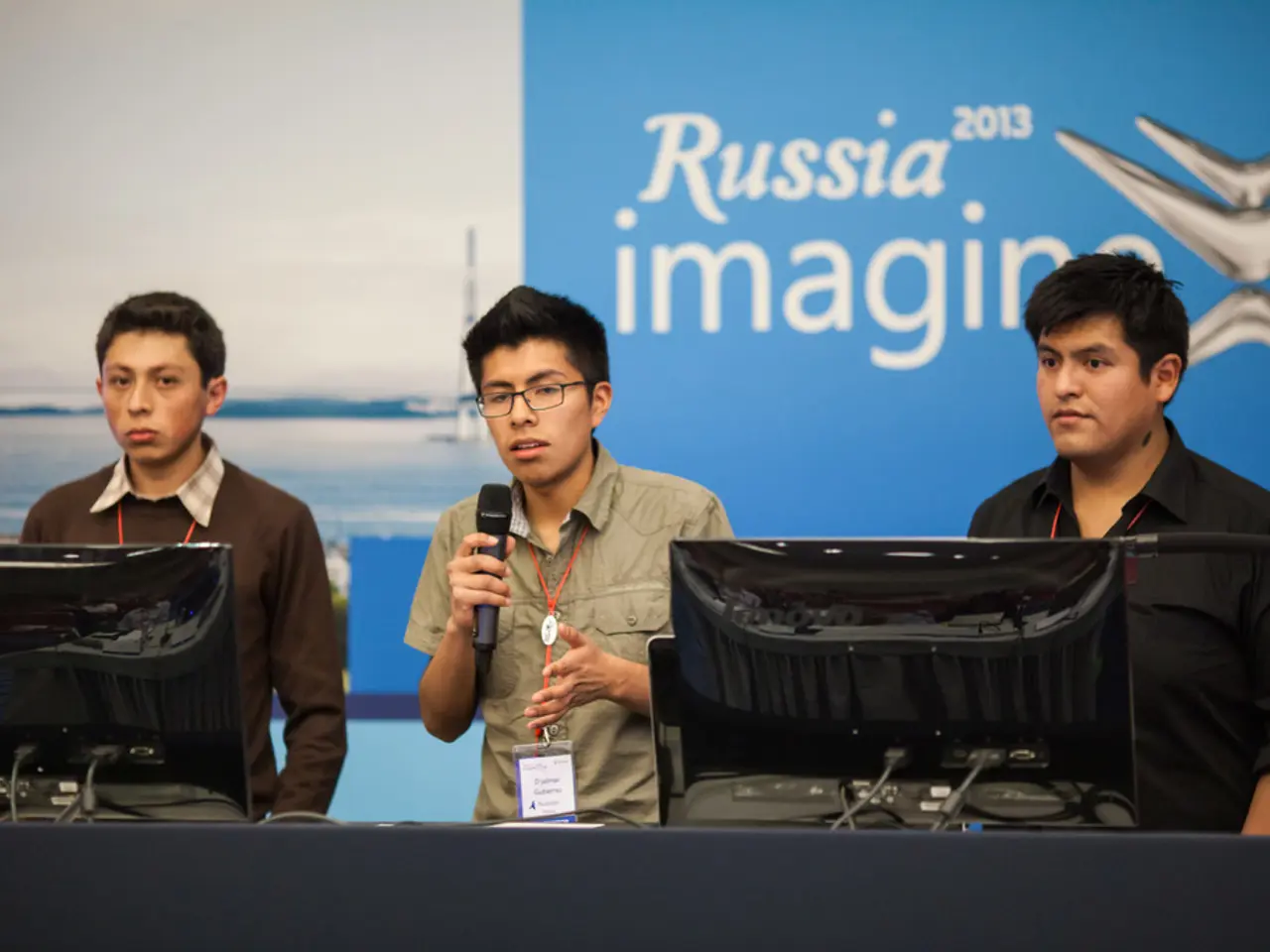Russian cyberassaults grew significantly in the latter half of 2024, increasing nearly 50% compared to the prior period.
In the latter half of 2024, Russian cyberoperations saw a staggering 48% increase compared to the first half of the year, according to the CERT-UA team's analytical report titled Russian Cyber Operations H2'2024. This surge led to a total of approximately 2,576 cyberattacks[1][2][5] on various targets in Ukraine.
The rise in cyberattacks wasn't just a numbers game; it also marked a shift towards more intricate and dangerous tactics. For instance, Russian military cyberunits showcased higher levels of automation, enabling them to execute large-scale, rapid attacks. Phishing campaigns became industrialized, employing cloud services like Google Drive and GitHub to distribute malware[3][5].
Over 70 malware campaigns were detected, with attackers reusing compromised OT systems and exploiting supply chain vulnerabilities[5][3]. Although confirmed infections saw a 90% drop, the use of obfuscation techniques made early threat detection more challenging[5][3]. Cyberattacks often preceded missile strikes on energy targets, reflecting a strategy aimed at maximizing both physical and psychological impact[3][5].
Energy infrastructure remained a primary target, with attacks meticulously planned months in advance to maximize disruption during critical periods[3][5]. Expanding beyond Ukraine, Russia-linked groups targeted European entities, including French electoral systems and Paris Olympics infrastructure[4]. The French government reported a 15% year-over-year rise in related incidents[4].
This escalation signals a new phase in Russian cyber strategy, moving away from isolated cyber espionage towards integrated digital siege warfare, blending technical sophistication with real-world destabilization tactics[3]. The strategy is designed to amplify battlefield effects, erode civilian morale, particularly through energy blackouts during winter, and influence geopolitical events[3].
Despite this escalation, Ukraine managed to thwart a significant portion of attacks during the preparation phase, thanks to improved cyber hygiene, enhanced early threat detection, and close international cooperation.
- The government must escalate its focus on cybersecurity, considering the 15% year-over-year rise in Russia-linked incidents reported by the French government.
- The shift towards integrated digital siege warfare by Russian cyberunits is a cause for serious concern, given the use of advanced automation, industrialized phishing campaigns, and obfuscation techniques.
- In light of the increasing cyberattacks on energy targets, the role of technology in safeguarding critical infrastructure should be at the forefront of war-and-conflicts, politics, and general-news discussions.
- The upcoming year, 2025, may witness an intensification of cyber warfare, echoing the growing trend of cyber espionage that has escalated toward digital siege warfare.
- Despite the escalation, it's essential to acknowledge the efforts of Ukraine in thwarting a significant portion of attacks during the preparation phase, demonstrating the importance of collaboration in countering such cyber threats.




